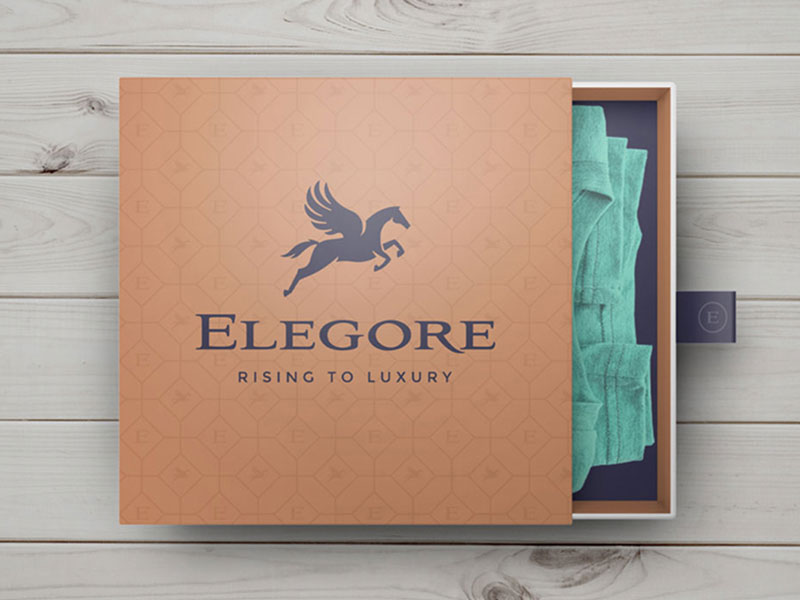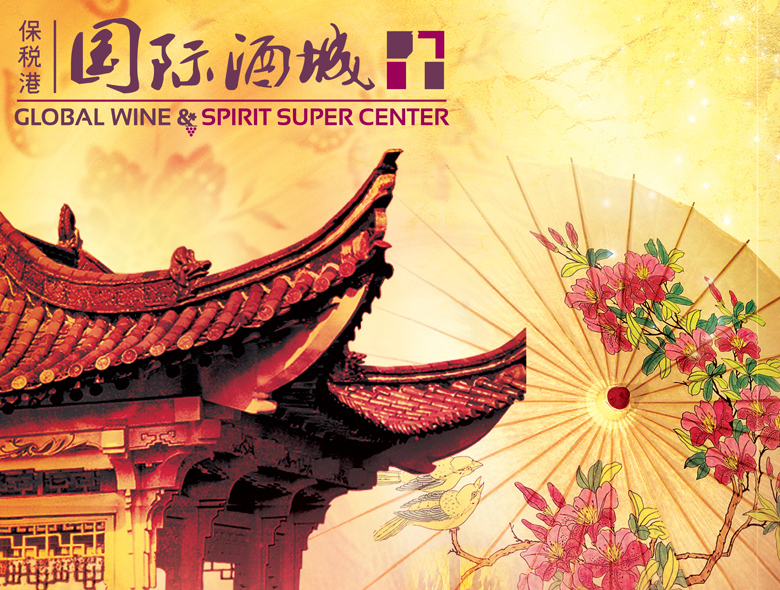Spellbrand Blog
Branding Roundup #2: Endangered Animals, The Olympics and New Edibles

In this week’s brand roundup, we explore how Samsung is embracing VR to promote a worthy cause—enhancing their image in the process. Then we examine the dynamics of advertising in the Japanese market with an eye toward social media, in preparation for this year’s Olympic Games to be hosted in Tokyo. Finally, we wrap up with the story of how Tariq Farid of Edible Arrangement’s fame came to embrace marijuana edibles.
There’s a lot to unpack this week, so let’s dive in.
Samsung Thailand
Samsung, the South-Korean conglomerate, is taking action to raise awareness of endangered species. Its Thailand division has released an augmented reality experience entitled SantuARy. The app features 16 endangered animals from Thailand in 10 artistic panels. So far, the augmented reality experience is available on the Galaxy Note10, via the AR Doodle feature.
The company also leveraged Facebook’s AR tools to create the experience.
The AR app is primarily available in Bangkok, Thailand, atop the Samyan Mitrtown mall. The mall’s rooftop garden provides a stellar backdrop for the interactive art show. A visitor can activate the experience by scanning a code into their phone.
This is yet one more example of how augmented reality will soon transform business. Brands like Samsung are currently using AR to improve customer relations, but this is just one of the possible use cases.
What is Augmented Reality?
First off, augmented reality is not virtual reality. The two technologies are similar, but they serve distinct purposes. While virtual reality exists to submerge the user in a new world, augmented reality creates a data o_verlay over the real world._ A simple example of AR is the camera effects you find on Instagram.
Games like Pokemon Go and Harry Potter Wizards Unite are examples of AR, too. As is the practice of geocaching. Geocaching is an interactive experience, or game, in which people hide items in real-world locations for other AR users to find.
You can think of more advanced AR like this…imagine you walk into a store and your smart glasses or lenses flash a message at you: you have unspent store credit here! What’s happening is that, in the background, your smart device is checking a server to see if you’re a member of the store’s loyalty program or not. The server replies that you are, and it tells the device how much credit you have saved up. The smart device then overlays this data over your vision at low opacity.
Augmented reality also allows for the creation of interactive environments. You could, for instance, incentivize customers to come into your brick and mortar location by using QR codes that provide customers with interactive features or specials.
Other ways that you can use AR if you’re in retail include:
- Personalize the way users interact with your store to differentiate you from other brands
- Mimic the brick & mortar shopping experience for people who can’t leave their homes
- Enable customers to digitally try on items, which may be much faster
Note that you may be able to use the data you gather from these consumer activities to refine copy material, ads, etc. This remains to be seen and the issue is somewhat up in the air as of 2020.
Consultants can use AR to act as virtual assistants even if they can’t be physically present. The possibilities are truly endless.
Further reading:
Profiles in Innovation: Virtual & Augmented Reality
Risks & Rewards of Adding Augmented Reality to Connected Devices
The Tokyo 2020 Olympics & The Japanese Market
The Tokyo Olympics are only six months away. Already, there are indications that the Japanese people are more open than ever before to advertisements from foreign brands. The Rugby World Cup, which was hosted in the country in 2019, was an unexpected success for advertisers and event organizers alike.
Japan is well-known for its monoculture, which is deeply rooted in history. But there are indications that the younger generation is more open than their elders to foreign tastes and influences. One driver of this change is the rise of the Japanese YouTuber. Many of these popular video producers have taken endorsement deals from brands looking to break into the growing Japanese market. This may provide savvy brands with an in that allows them to market to Japanese consumers ahead of the Olympics.
Popular YouTube presenters include:
- Fuwachan
- Hikakin
- Hajime
If you’re a brand thinking about moving into the market, consider watching their videos to see how they integrate ad placement into their materials.
In addition, it’s important to note the significant regional differences in social media use. For instance, Twitter is massively popular in Japan, and users engage at higher levels than do Western users. This may indicate that sponsored tweets may perform well. Twitter offers unparalleled access to the Japanese psyche for those willing to conduct the analysis.
In Japan, Instagram usage remains low, but it is growing. YouTube, as mentioned, is gaining steam as well. At the Rugby World Cup in 2019, attendees could be seen capturing ‘moments’ on Instagram. Time will tell if this year’s Olympics will cause Instagram usage to surge.
So if you’re looking to move into the Japanese market, consider leveraging these social media platforms—twitter in particular. This year’s Olympics will engage the public in a way that few events can. Take advantage of this by being ready with robust and smart advertising on social media.
Additional resources:
Entering The Japanese Market: Opportunities for High-Tech Ventures
How to Leverage Social Media for Public Relations Success
Edible Arrangements
Years after founding his company, Edible Arrangements, Tariq Farid was sure he had locked down the rights to the word ‘edible.’ The company was the result of some experimentation in 1997, when Farid created a fruit-based treat in his Connecticut flower shop. He called this new line Delicious Designs. After a bit of thought, he came up with Edible Arrangements instead_,_ and the rest is history.
Today, the company produces beautiful, enticing edible arrangements composed of fruit and chocolate. After referring to the business as ‘Edible’ for many years, Farid made it official in 2013 by registering the trademark.
Then the unthinkable happened.
In 2016, California passed the controversial Adult Use of Marijuana Act, also known as Proposition 64. This act legalized the use of recreational marijuana for adults. What Farid hadn’t anticipated was that the word ‘edible’ was associated with recreational marijuana use.
What is Marijuana Edible?
A cannabis edible is any food product that contains the active ingredients of marijuana, THC or CBD. THC is a cannabinoid, a compound that binds to receptors found within the brain. This receptor activation is responsible for the feeling of euphoria that’s associated with cannabis use—its ‘high.’ Edibles come in either solid or liquid form.
A common solid edible is the cannabis brownie.
Edibles aren’t just for recreational use, though. Edibles low in THC and high in cannabidiol are used medicinally for a wide range of purposes, including pain relief.
The term ‘edible’ has long since been associated with recreational marijuana use, and the legalization of recreational marijuana would certainly threaten any business owner who held this trademark.
The Response
At first, Farid tried to fight the legalization. But he quickly found that public support for legalization meant that standing in its way would be a losing bet. Of course, having to defend a mark, appearance or some other aspect of IP is nothing new. When margarine came on the market, butter producers were incensed that these upstarts were using dye to make their margarine look like butter. They fought this for decades.
Today, ranchers are feeling similar pressures. As lab meat becomes more viable, they’re no doubt preparing to argue that these startups should not be able to market their products as ‘meat.’ Indeed, beef producers are already filing suit against plant-based meat alternatives over the use of the word ‘burger.’ Of course, the milk industry has long waged war against producers of soy, almond and oat ‘milk’ products.
Understandably, Farid felt he would need to mount a similar resistance. After all, he’d been using the term ‘edible’ since 1997, and his brand recognition hinged on it.
Instead of fighting an uphill battle, Farid underwent an intense cannabis self-education campaign. He delved into literature. He subscribed to blogs. He studied the physiological implications of getting the munchies. What he learned during his research spree is that, as mentioned, THC is just one aspect of cannabis edibles. CBD—cannabidiol—has documented health benefits when used for specific conditions in conjunction with other therapies.
In other words, low THC cannabis edibles don’t get you high, and they might help with some conditions.
Suddenly, Farid owned the trademark to ‘edible,’ and he was already in the edible arrangements business. It wasn’t long before he and his team had planted 40 acres of hemp to create their own source of edible CBD powder. His new brand is called Incredible Edibles, and his vision is a chain of retail outlets dedicated to CBD edibles.
For more on how to embrace changing consumer tastes, see the following resources.
Changing Consumer Tastes and Technological Innovation Drive Big Change in Food Retail

Mash Bonigala
Creative Director & Brand Strategist
With 25+ years of building brands all around the world, Mash brings a keen insight and strategic thought process to the science of brand building. He has created brand strategies and competitive positioning stories that translate into powerful and stunning visual identities for all sizes of companies.
Featured Work
See Our Work in Action
Real brands, real results. Explore how we've helped businesses transform their identity.
Client Love
What Our Clients Say
Don't just take our word for it. Hear from the brands we've worked with.
Josh Amburn
Lakefront Docks and Lifts
"I came into this project expecting to get the best logo for our brand. That’s exactly what I received. The team at SpellBrand used the descriptions of what we do along with a color palette of our site to design three amazing concepts. Once we decided on what worked best for our needs, they worked diligently to perfect the design. Their use of their project management software makes the collaboration painless. Great work team! We’ll see you on the next project! Josh"
Raymond Chen
RLC Global Archicom, Singapore
"SpellBrand was very accommodating from the beginning of the design process even when we had distinct design ideas, being architect designers ourselves. Jeff responded with many preliminary style options based on our initial sketchy ideas, enabling us to zoom in on the specific feel we were looking for. From that point on, it was just refinement and the final logo was in our hands in a matter of days. We have used SpellBrand on other logos for my clients projects."
Keep Reading
Related Articles
Nov 19, 2025
Why Crowdsourcing Your Brand's Logo is a Bad Idea
Discover why crowdsourcing your logo design is a costly mistake. Learn about quality issues, lack of collaboration, ethical concerns, and how it cheapens your brand.
Read MoreNov 19, 2025
What Do You Need To Start An Online Business
Discover the essential elements needed to start a successful online business. From branding and website design to capital and self-discipline, learn what it takes to launch and grow your digital venture.
Read MoreNov 19, 2025
What are paths and anchor points in Adobe Illustrator?
Master the fundamentals of paths and anchor points in Adobe Illustrator. Learn how these essential tools work together to create professional logo designs and vector graphics.
Read More

